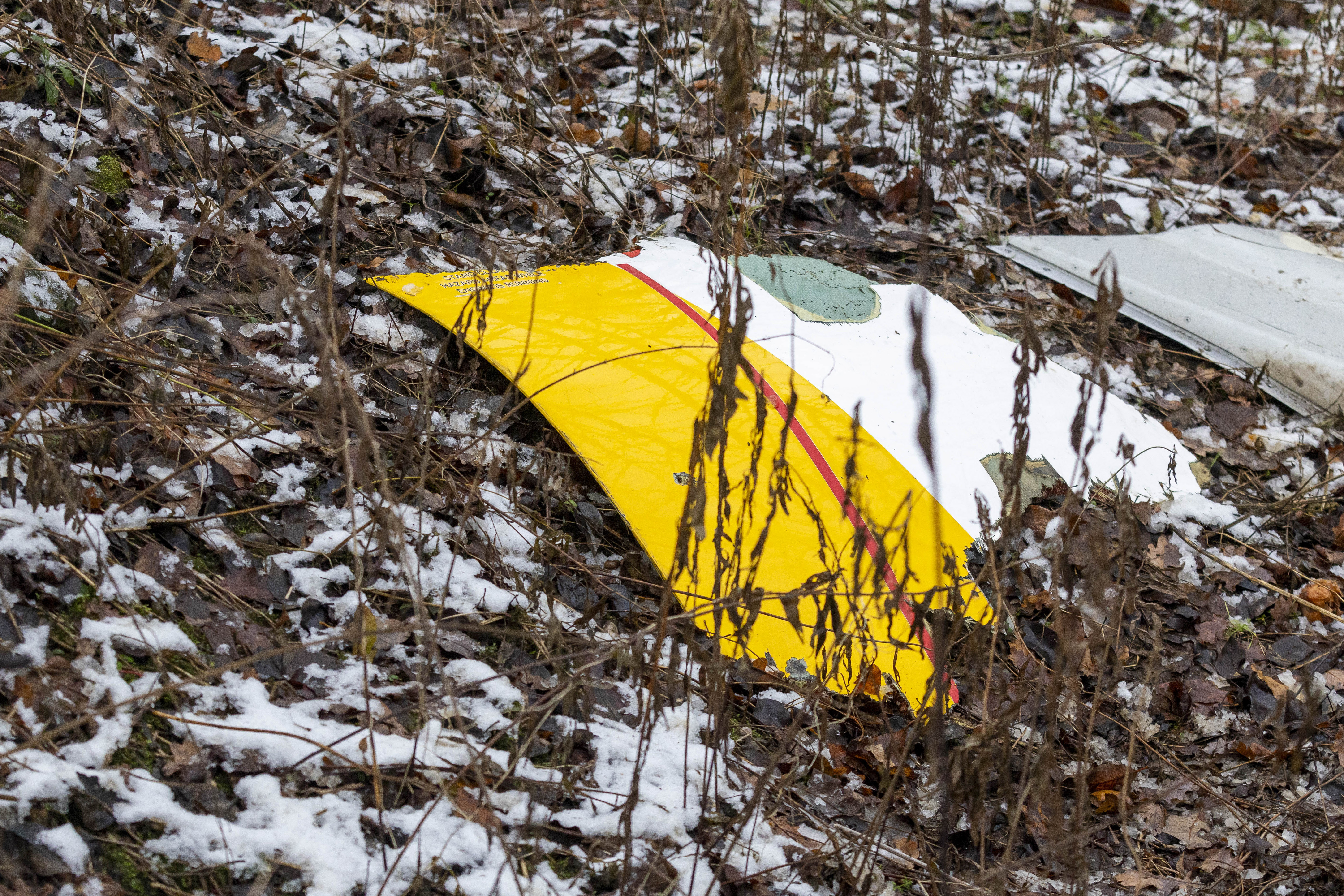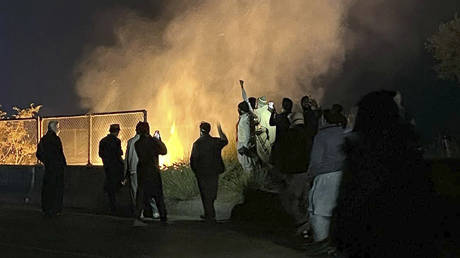ARTICLE AD BOX
Iceland saw centuries-old volcanic fissures opening up and red-hot lava oozing out of them, threatening several towns including Grindavik that was evacuated. The most recent volcanic eruption was recorded on January 14 that engulfed at least three homes just hours after villagers were evacuated to safety. Eruptions have been occurring in the same region since December, leaving the town on the edge. But the danger is not over as Grindavik is still at risk of fault movements, lava flows and more fissures erupting without warning, according to an Icelandic Met Office update. American space agency NASA has now shown how much heat is still leaking out of the fissures near Grindavik.
NASA has posted a map of the region on X that shows heat emanating from the fractured land surface, detected by thermal infrared sensor aboard its Landsat 9 satellite.
In mid-Jan. 2024, volcanic activity in southwestern Iceland released lava near the town of Grindavík.
This map of thermal signatures from #Landsat 9 reveals heat emanating from Earth's surface, highlighting the location and extent of the new fissures. https://t.co/pb6BOFSILW pic.twitter.com/JiL1Cvh3yO
The image also shows the sheer size of the fissures filled with superhot lava.
"More battles with lava may follow on the Reykjanes peninsula, as hazards remain high. Modelling showed that magma has moved beneath Grindavik and deformed the ground by as much as 1.4 metres (4.6 feet). Experts have told news sources that bursts of activity could continue in a cyclical pattern," the space agency said on its website.
The data was collected on January 16, two days after two fissures opened up very close to Grindavik, on January 14.
Last month, an eruption started in the Svartsengi volcanic system on December 18 following the complete evacuation of Grindavik's 4,000 residents and the closing of the Blue Lagoon geothermal spa, a popular tourist spot.
Lying between the Eurasian and North American tectonic plates, two of the largest on the planet, Iceland is a seismic and volcanic hot spot as the two plates move in opposite directions.
.png)
 10 months ago
54
10 months ago
54








 English (US)
English (US)